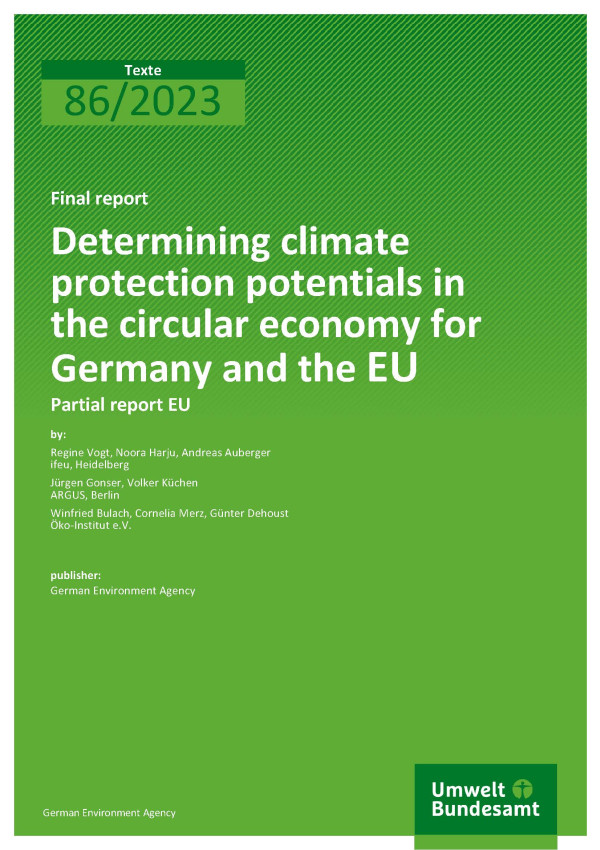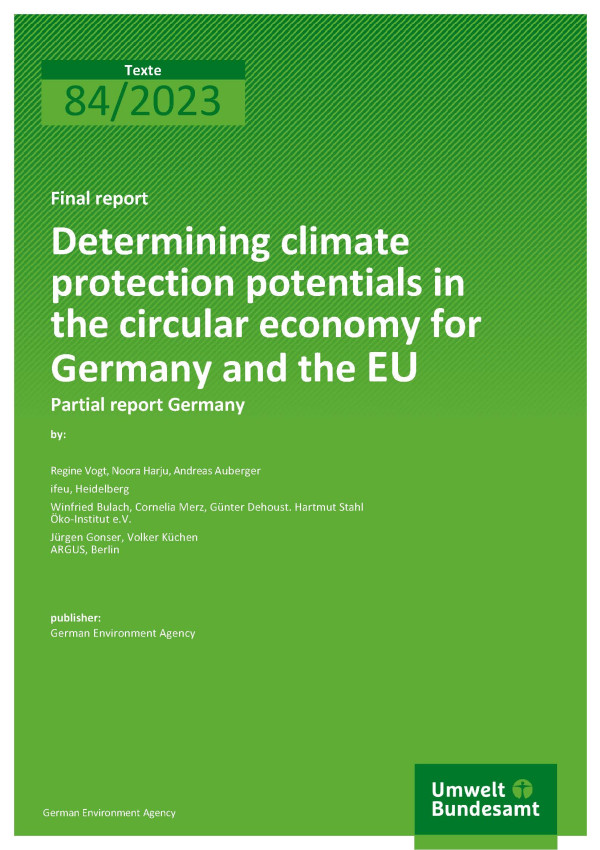What needs to be done to prevent a repetition of fish die-off in the Oder and other bodies of water

The river Oder
Source: Marco Rudolph / Adobe Stock |
The massive fish die-off in the Oder River in August 2022 showed that science, water management and politics are facing new challenges. Due to climate change and the resulting increase in hot and dry summer periods, this type of fish die-off could be repeated in the Oder and other stretches of water if no counter measures are taken.
The cause of the fish die-off in the Oder was a toxin produced by an algae. The combination of the factors of high salt discharge into the river, high temperatures, low water levels and intense sunlight allowed the algae to proliferate and the toxin to reach high concentrations, causing fish and mussels to die en masse.
To avoid this in the future, the German Environment Agency recommends:
- reducing nutrient inputs and salt discharges into bodies of water, for example by eliminating fertilisation along water margins and by requiring permits for salt discharges from mining and industry to provide for a reduction when water levels are low in summer
- making bodies of water more resilient to similar disasters and to climate change, for example by restoring floodplains and clearing riverbed and bank defences
- monitoring endangered watercourses across authorities and federal states and defining immediate measures in the event of a crisis, such as reducing salt discharges or discharging unpolluted water from dams
- Increasing research, for example on improving water monitoring and on early warning systems.
More on the findings and recommendations is summarised in the following five-page factsheet.































